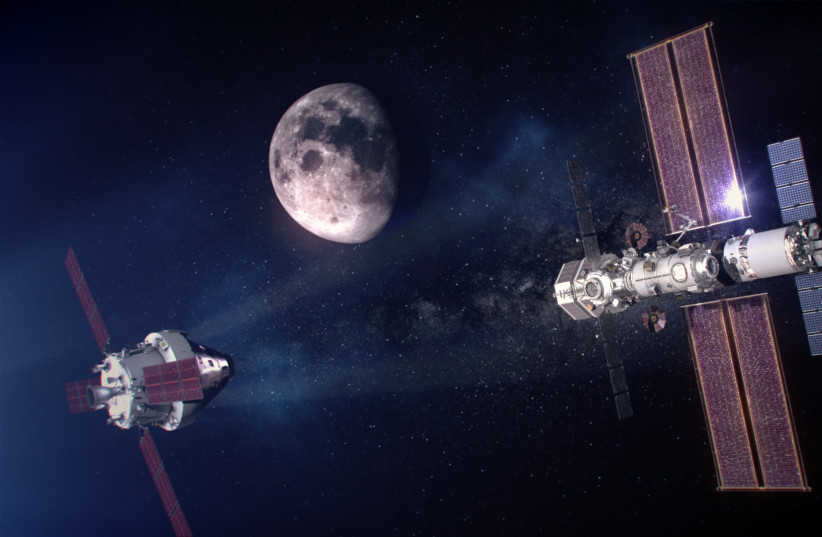NASA has finally announced the 16 members of its independent study team to investigate Unidentified Aerial Phenomena (UAPs), the new term used in place of Unidentified Flying Objects (UFOs).
The study, set to begin on October 24, will pave the way for studying examples of UAPs, which are phenomena observed in the sky that cannot be identified as natural phenomena or aircraft. This will last nine months, focus entirely on unclassified data, analyze how data is gathered and recommend how it should be analyzed by NASA in the future. The results will be published for the public by the middle of 2023.
The team is filled with experts in observation, aerospace studies, technology and more.
Who is on NASA's UAP team?
Leading the team is David Spergel, the Jewish-American astrophysicist who has made waves for co-leading the Wilkinson Microwave Anisotropy Probe and for currently helming the science philanthropy organization the Simons Foundation.
Also included on the team is Mike Gold, a former high-ranking NASA official who helped lead the creation of the Artemis Accords, the documents that have enshrined the behavioral norms for space, in conjunction with the US State Department, and helped secure the necessary agreements for NASA's long-awaited lunar Gateway.

The presence of Jews in key positions in the field of aerospace is not something that has gone unnoticed, as Gold himself has pointed out.
"It's at every level. You see Jews in leadership positions as well as rank-and-file engineers and lawyers. It's part of the dream that a lot of people share," Gold told The Jewish Journal in a 2006 interview.
"It's at every level. You see Jews in leadership positions as well as rank-and-file engineers and lawyers. It's part of the dream that a lot of people share."
Mike Gold
And he himself is no exception. Though his background is in law, Gold has had a long career in the aerospace field, and it too is inspired by a dream he had since childhood, as well as living up to his family.
"I grew up a Star Trek fan, my grandfather worked on the Apollo missions, and I always had a huge interest in space," Gold explained. He added that despite this, his lack of skill in the sciences led him to pursue a career in law, but still used it to make his way here in the end.
And fitting for a fan of the classic science fiction franchise Star Trek, which tells the story of people "seeking out new life forms," to be on a team investigating UAPs, which, due in part to their link with UFOs, are often seen by the public as being linked to the possible existence of aliens.
<br>What is NASA looking for?
While NASA isn't necessarily looking for extraterrestrial life - rather, their main concern is ensuring aircraft. After all, unidentified aerial phenomena could, in theory, pose a danger to aircraft even if it's purely a natural occurrence - the spirit of discovery and exploration is still at the heart of the mission.
"Exploring the unknown in space and the atmosphere is at the heart of who we are at NASA," said Thomas Zurbuchen, associate administrator of the Science Mission Directorate at NASA Headquarters in Washington. "Understanding the data we have surrounding unidentified aerial phenomena is critical to helping us draw scientific conclusions about what is happening in our skies. Data is the language of scientists and makes the unexplainable, explainable."
So in a way, scientists are still going to boldly go where no one has gone before.
